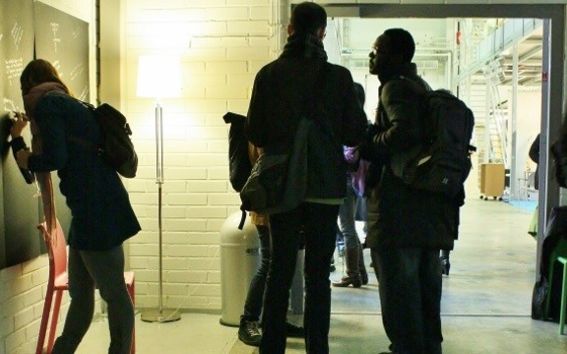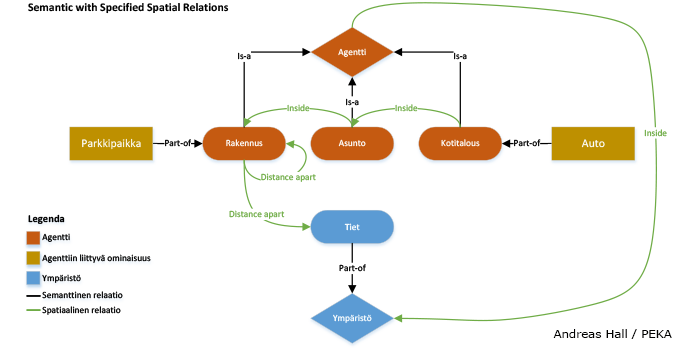Agent-based Modelling in Urban Planning

The prototype is a software tool for the initial stage in designing a new residential area. It can be used to calculate a range of feasible solutions for the locations and compositions of new buildings on the area, given a desired amount of inhabitants. The calculation is based on a set of assumptions about the shares of different sized households, their preferences with regard to the apartment size and some other factors. In the current iteration of the prototype, these assumptions are based on the statistical data on the actual shares of different type of households in Helsinki.
Agent-based models have been used for studying complex phenomena in various fields of science. A complex phenomenon is modelled by breaking it into parts, i.e. agents that act based on a few simple rules. The complex phenomenon emerges from the interactions of the agents. In engineering disciplines, the same principles are used to solve complex optimization problems. In city planning, using agent-based modelling could offer more fine grained and precise solutions compared to current methods.
In the prototype, a new residential area is modelled with buildings, apartments and households as agents on a map with roads. Each agent has a set of preferences. For example buildings prefer to be from a certain distance from the roads and other buildings. The parameters specifying the magnitudes of the preferences are easy to modify.

With the prototype and the diagram, Vanamo and Hall have been able to demonstrate to urban planners what it could mean to use agent-based modelling in the context of city planning. Seeing a functioning prototype and understanding its underlying logic through the diagram, has also made it possible to discuss and develop the prototype further with professionals.
The process of developing the prototype can also serve as an example for using agent-based modelling tools in urban planning in the future. The planners and the software engineers could work together and create a set of assumptions compatible with the design task at hand. The software would then generate a set of possible solutions based on which the planners could continue their work. This way of working would render urban planning closer to other fields of engineering in which using computational aids to solve complex problems is commonplace.
From ABE’s point of view, the work of Vanamo and Hall falls into the category of studying the professional tools for planning the built environment. Through this prototype the possibilities of using such a tool in planning a new residential area are demonstrated. In addition, the prototype indicates there could be potential for agent-based modelling in a wider set of applications within urban planning.






